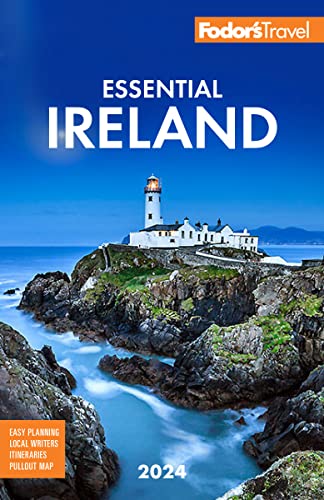Car Travel
U.S. driver's licenses are recognized in Ireland.
Roads in the Irish Republic are generally good, with four-lane highways, or motorways, connecting Dublin with Waterford, Cork, Limerick, Shannon Airport, Galway, and Newry on the border with Northern Ireland. Service areas with restrooms and food are gradually being added; meanwhile, you may have to leave the motorway for comfort stops, usually located in gas stations. National routes and minor roads are slower, but much more scenic. On rural roads, watch out for cattle and sheep.
Road Signs
Road signs in the republic are generally posted in both Irish and English; destinations in which Irish is the spoken language are signposted only in Irish. The most important one to know is "An Daingean," which is now the official name of Dingle Town. Get a good bilingual road map, and know the next town on your itinerary; neither the signposts nor the locals refer to roads by official numbers. Traffic signs are the same as in the rest of Europe. On the newer green signposts, distances are in kilometers; on some of the old white signposts they're still miles. Most important, speed limits are posted in the republic (but not in Northern Ireland) in kilometers.
There are no border checkpoints between the Irish Republic and Northern Ireland, where the road network is excellent and, outside Belfast, uncrowded. Road signs and traffic regulations conform to the British system.
Car Ferries
All ferries on both principal routes to the Irish Republic welcome cars. Fishguard and Pembroke are relatively easy to reach by road. The car trip to Holyhead, on the other hand, is sometimes difficult: delays on the A55 North Wales coastal road aren't unusual.
Road Conditions
Most roads are paved and make for easy travel. Roads designated with an M for "motorway" are double-lane divided highways with paved shoulders; N, or "national," routes are generally undivided highways with shoulders; and R, or "regional," roads tend to be narrow and twisty.
Rush-hour traffic in Dublin, Cork, Limerick, Belfast, and Galway can be intense. Rush hours in Dublin run 7 to 9:30 am and 5 to 7 pm; special events such as soccer matches also tie up traffic in and around the city, as does heavy rain.




